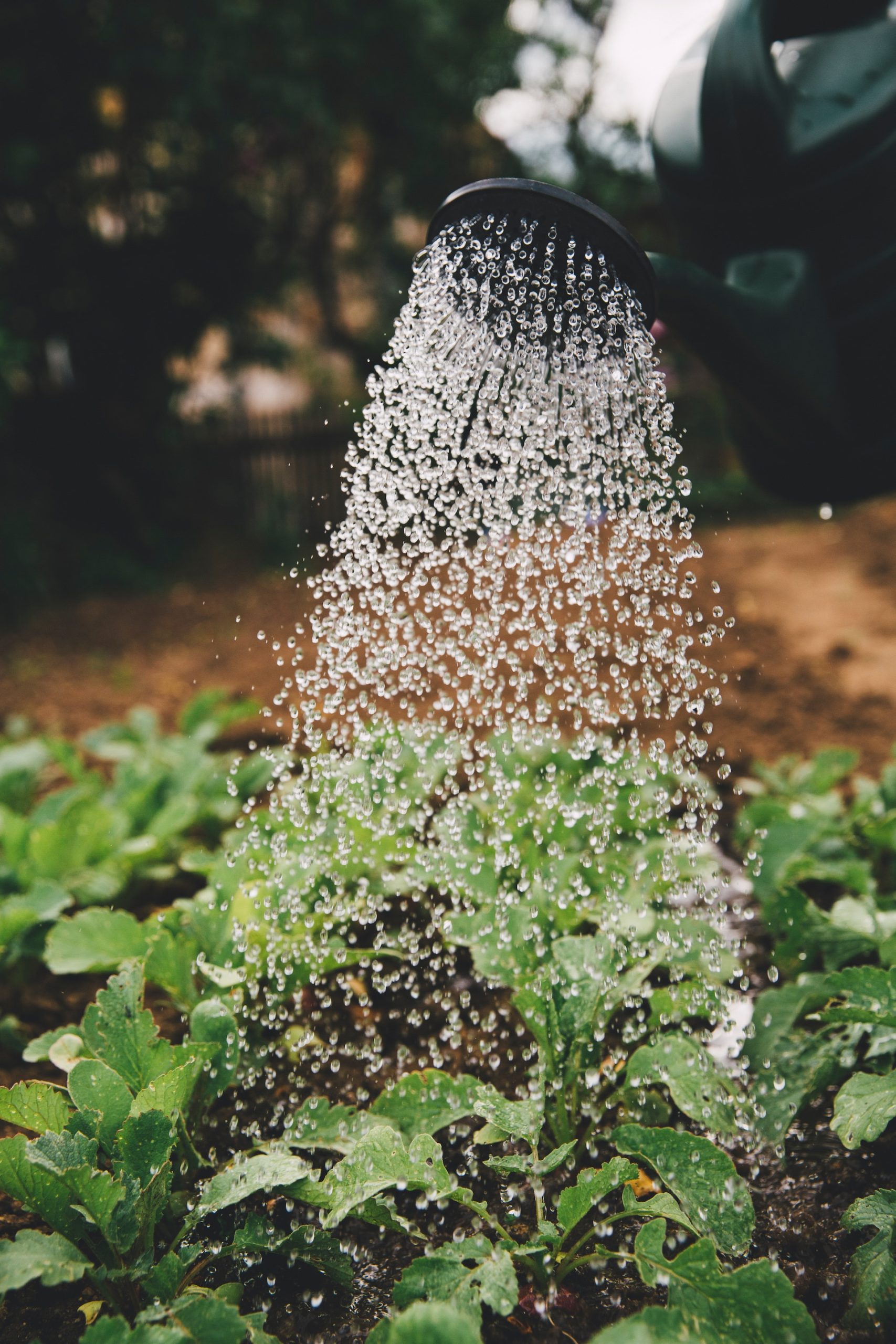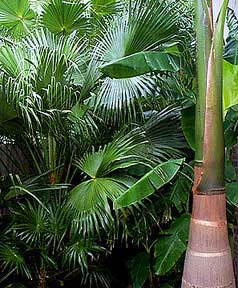Welcome, fellow green thumbs! Today, we’re going to explore a unique yet rewarding realm of gardening – subtropical vegetable gardening.
Imagine an abundant year-round supply of your favorite vegetables; that’s the charm of growing veggies in a subtropical climate. Not only does it provide you with fresh, nutritious produce, but it also contributes to a sustainable lifestyle.
From sweet potatoes basking in the sun to spinach thriving in mild winters, subtropical vegetable gardening opens up a wide range of possibilities. Let’s embark on this journey and see what magic you can create in your subtropical garden.
Understanding Subtropical Climate
The first key to successful gardening is becoming a student of your climate. So, let’s pull back the curtain on subtropical climates. Picture sizzling, humid summers and mild winters that make you forget the meaning of frost.
That’s the essence of subtropical climates for you.
Rainfall in subtropical climates isn’t predictable. In some places, it pours during the summer—kind of like monsoon areas. But in other parts, it’s the winter that gets all the rain, similar to what you’d find in Mediterranean regions.
Now, here’s the deal-breaker: the absence of frost. It’s a rare guest in most subtropical regions. This opens the door for a wider variety of vegetables to thrive all year round than in their temperate counterparts.
And where might you ask can we find these subtropical climates? Think about places like South Florida, pockets of South Texas, coastal stretches in Southeast Australia, and many coastal zones in Southeast Asia.
Mastering the unique patterns of subtropical climates – their swaying temperatures, rain dances, and seasonal shifts – can put you on the fast track to planning your vegetable garden like a pro and bringing home a bumper harvest.
Choosing the Right Vegetables for Subtropical Climates
What’s the secret sauce to being a successful subtropical gardener? Knowing how to select the veggies that will be the best fit for the region. The name of the game is marrying the right plant with the right season, and its preferred growing conditions. Consider summer heat-loving veggies like tomatoes, beans, and cucumbers, while the slightly cooler months might see leafy greens like spinach and kale performing at their best.
While you’re choosing, don’t overlook the bedrock fundamentals: the need for sunlight, the soil preferences, and hydration requirements. Each vegetable variety has its playbook. There’ll be those sun seekers that can’t get enough of daylight, while others might yearn for a hint of afternoon shade. Watering habits are no different – some plants might be parched without regular watering, while others favour a more laissez-faire, less-is-more approach.
Don’t be afraid to diversify. A spread of different vegetables not only livens up your meals but also fosters a healthier, more balanced garden ecosystem. So why not get adventurous, give something new a go, and you might find your garden blooming with a vibrant medley of subtropical wonders!
Cultivation and Care
Getting a subtropical vegetable garden off the ground isn’t as tough as it might seem. All you need is a bit of careful planning. But before we get ahead of ourselves, let’s focus on the first step – prepping the soil. Whether you’re starting with an empty plot or repurposing an old garden bed, giving the soil some TLC is crucial. Compost, organic matter, or well-rotted manure can work wonders in improving soil fertility.
Next, onto the planting guide. The timing, depth, and spacing of planting can make or break your vegetable harvest. Each vegetable has its preferred season, so plan your planting accordingly. Don’t bury your seeds too deep; a good rule of thumb is to plant at a depth twice the diameter of the seed. And remember, give your plants room to breathe; overcrowding can lead to undernourished plants and disease spread.
Of course, taking care of your plants doesn’t stop at planting. Regular watering, especially in the early stages, is vital. But overwatering can lead to root rot, so balance is key. As for fertilizing, using a good-quality compost or organic fertilizer can boost your plants’ growth and productivity.
Pest Control and Disease Management
A subtropical climate might be a dream come true for a wide range of veggies, but it can also roll out the welcome mat for pests and diseases. This part of the gardening journey may not be a picnic, but it’s crucial to confront.
You’ll need to acquaint yourself with the usual culprits. Whether it’s aphids playing hide and seek, slugs and snails sliding their way around, or powdery mildew and blight trying to steal the spotlight, early detection is key to managing these potential party crashers.
When it comes to prevention, remember that a healthy plant is your first line of defense. Pests often target the weak links, so ensuring your plants are in their prime is essential. Rotate your crops to avoid depleting the soil and invite friendly critters like beneficial insects and birds to your garden. These steps can help keep a significant number of pests in check.
Should your garden come under attack, don’t lose heart. There are plenty of organic remedies up your sleeve. A straightforward water spray can dislodge aphids from your plants. A deterrent spray whipped up from garlic or chili can keep numerous pests at bay. And for fungal foes, a simple solution of baking soda and water can come to your rescue.
Consider your garden as a chessboard. It’s about thinking ahead, making the right moves, and learning from any stumbles. With a little patience and a sprinkle of trial and error, you can maintain a thriving, predominantly pest-free garden.
Harvesting and Storage
Few moments match the thrill of harvesting time for gardeners. After all, it’s the period when you get to gather the fruits of your labor. But remember, in a subtropical climate, vegetables march to the beat of their own drum, each ready to be picked at its own pace. Hence, being aware of when and how to harvest each variety is key.
Typically, you’ll find that most vegetables like to be plucked when they’re still young and tender. Take zucchini, for instance, which is best picked when about six inches long. Beans, on the other hand, should be harvested when they still sport a smooth and crisp coat, before their internal seeds start bulking up.
Once your vegetables are harvested, the way you store them can be a game-changer for maintaining their freshness and flavor. Some veggies, like tomatoes and peppers, are fans of room temperature, while leafy greens and root vegetables are more about that cool, humid vibe found in your refrigerator. But don’t forget, many veggies like to breathe, so sealing them in plastic bags is a no-go.
But let’s face it, the best way to savor your harvest is straight from the garden. The unique flavor of a sun-warmed tomato or a sweet, crunchy carrot freshly unearthed from the soil is truly unrivaled. So indulge in your fresh produce, share the bounty with loved ones, and let your mind wander to plans for the next season. Because gardening, after all, is a continuous journey, not a one-and-done deal.
Frequently Asked Questions (FAQs)
The best way to water your garden is deeply and infrequently. Most vegetables prefer their soil to be consistently moist but not waterlogged. Soak the soil thoroughly when you water, and then let it dry out to some extent before watering again
Can I grow subtropical vegetables in containers?**
Absolutely! Many subtropical vegetables do very well in containers. Just make sure the container is large enough for the plant’s root system and has adequate drainage.
Organic compost and well-rotted manure are great for enriching your soil. You can also use a balanced vegetable fertilizer to provide essential nutrients.
One of the best natural ways to deter pests is to attract their natural predators to your garden. Birds, spiders, and beneficial insects such as ladybugs can help keep pest populations under control. Crop rotation and companion planting can also be effective strategies.
There could be several reasons, including lack of sunlight, inadequate or excess watering, poor soil nutrition, or pest and disease issues. Consider what might be the most likely issue and then address it. If you’re still unsure, you might want to consult a local extension service or garden center.
Resources
For further reading and detailed insights, here are some authoritative resources on subtropical vegetable gardening:
Rodale’s Basic Organic Gardening: A Beginner’s Guide to Starting a Healthy Garden by Deborah L. Martin: This book is an excellent comprehensive guide to organic gardening that can be applied to any climate, including the subtropics.
Tropical Vegetable Production: Illustrated Edition by Raymond A.T. George: This book specifically focuses on vegetable gardening in tropical climates, providing practical information and advice.
The New Organic Grower, 3rd Edition: A Master’s Manual of Tools and Techniques for the Home and Market Gardener by Eliot Coleman: While not specifically focused on subtropical climates, this book is a fantastic resource for any organic gardener and includes valuable information that can be applied to subtropical vegetable gardening.
The University of Florida IFAS Extension
The University of Florida’s Institute of Food and Agricultural Sciences (IFAS) offers an extensive range of online resources and local extension services related to horticulture and specifically subtropical gardening in Florida.
The California Master Gardener Handbook
This comprehensive gardening book, while focused on California, provides applicable advice for a variety of climates, including subtropical regions.
These resources should provide you with a wealth of information to help you succeed in your subtropical vegetable gardening endeavor. Happy gardening!




